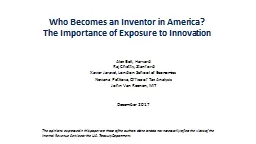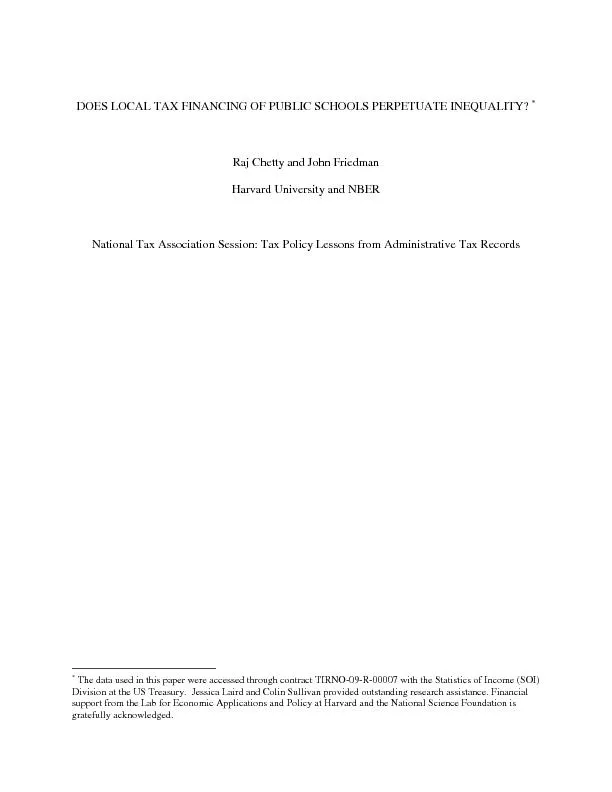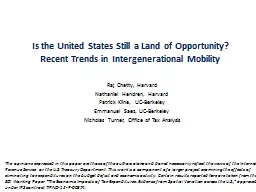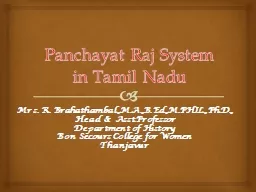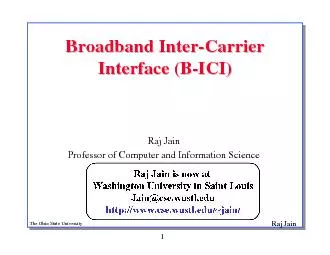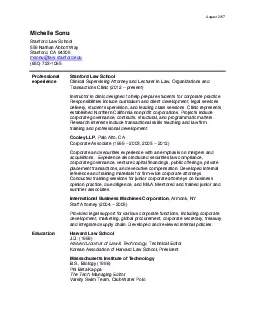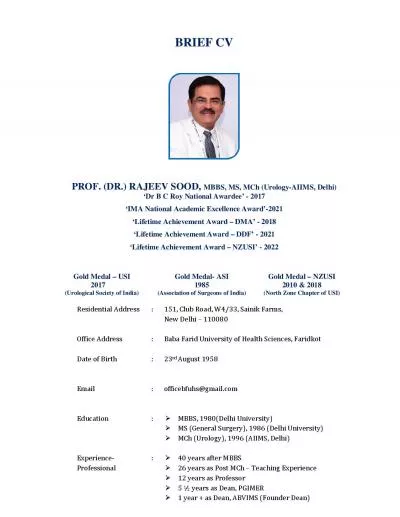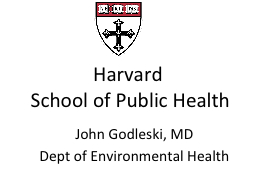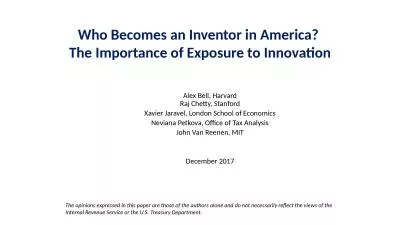PPT-Alex Bell, Harvard Raj Chetty, Stanford Xavier Jaravel, London School of Economics
Author : cheryl-pisano | Published Date : 2019-10-31
Alex Bell Harvard Raj Chetty Stanford Xavier Jaravel London School of Economics Neviana Petkova Office of Tax Analysis John Van Reenen MIT December 2017 Who Becomes
Presentation Embed Code
Download Presentation
Download Presentation The PPT/PDF document "Alex Bell, Harvard Raj Chetty, Stanford..." is the property of its rightful owner. Permission is granted to download and print the materials on this website for personal, non-commercial use only, and to display it on your personal computer provided you do not modify the materials and that you retain all copyright notices contained in the materials. By downloading content from our website, you accept the terms of this agreement.
Alex Bell, Harvard Raj Chetty, Stanford Xavier Jaravel, London School of Economics: Transcript
Download Rules Of Document
"Alex Bell, Harvard Raj Chetty, Stanford Xavier Jaravel, London School of Economics"The content belongs to its owner. You may download and print it for personal use, without modification, and keep all copyright notices. By downloading, you agree to these terms.
Related Documents

